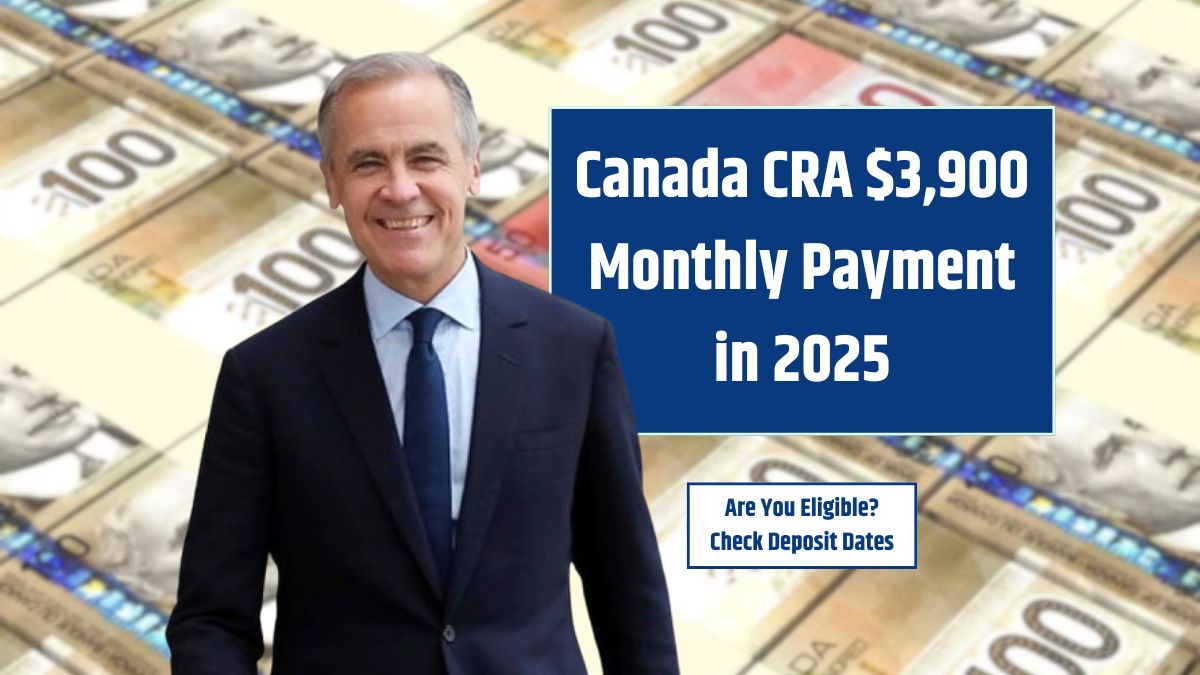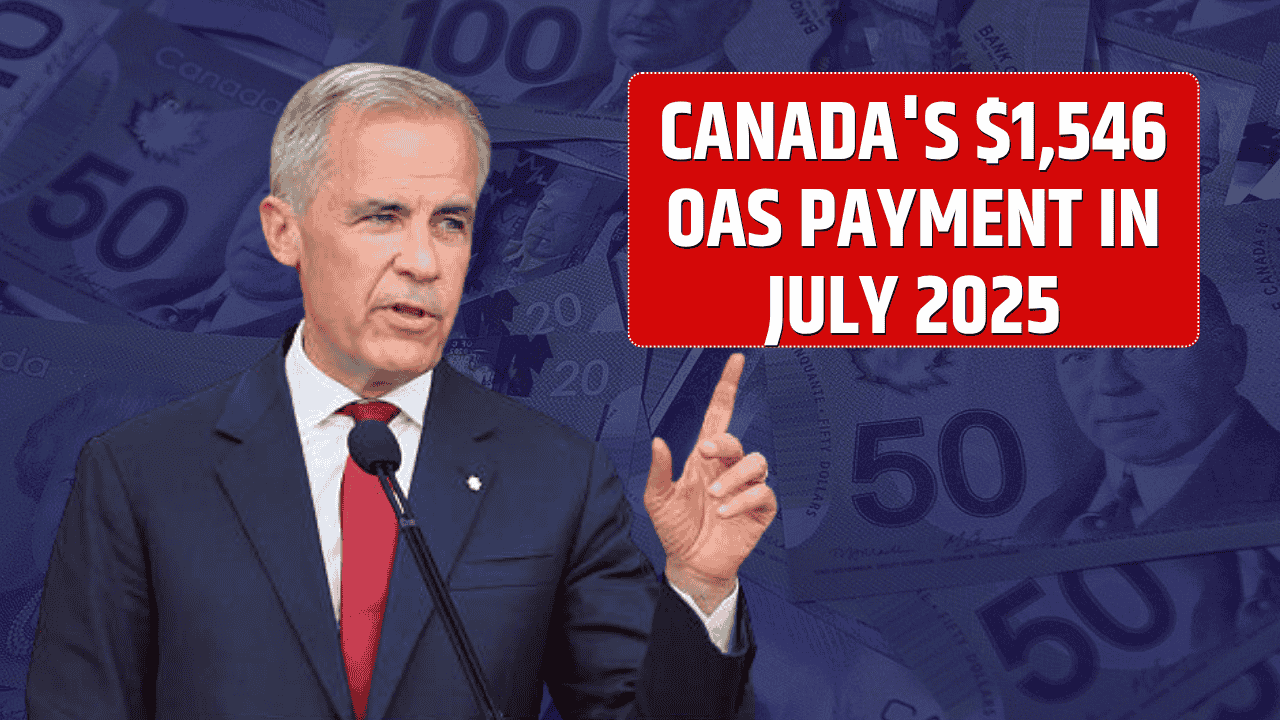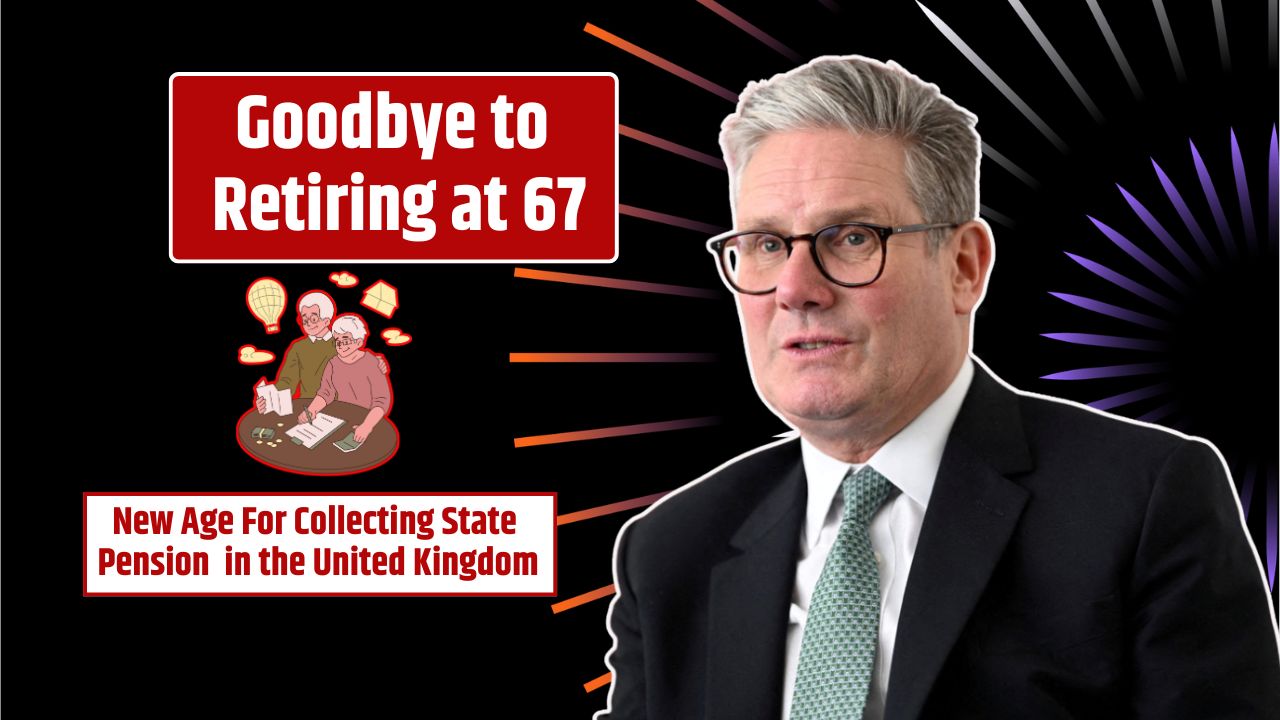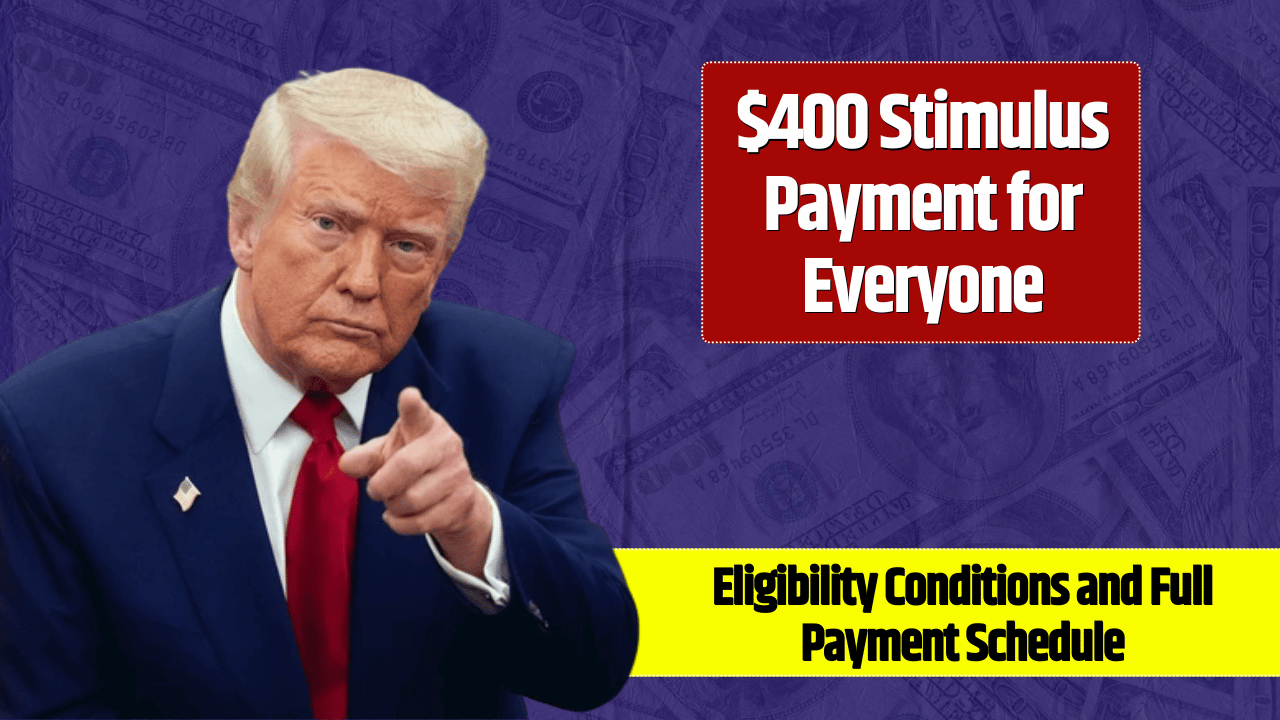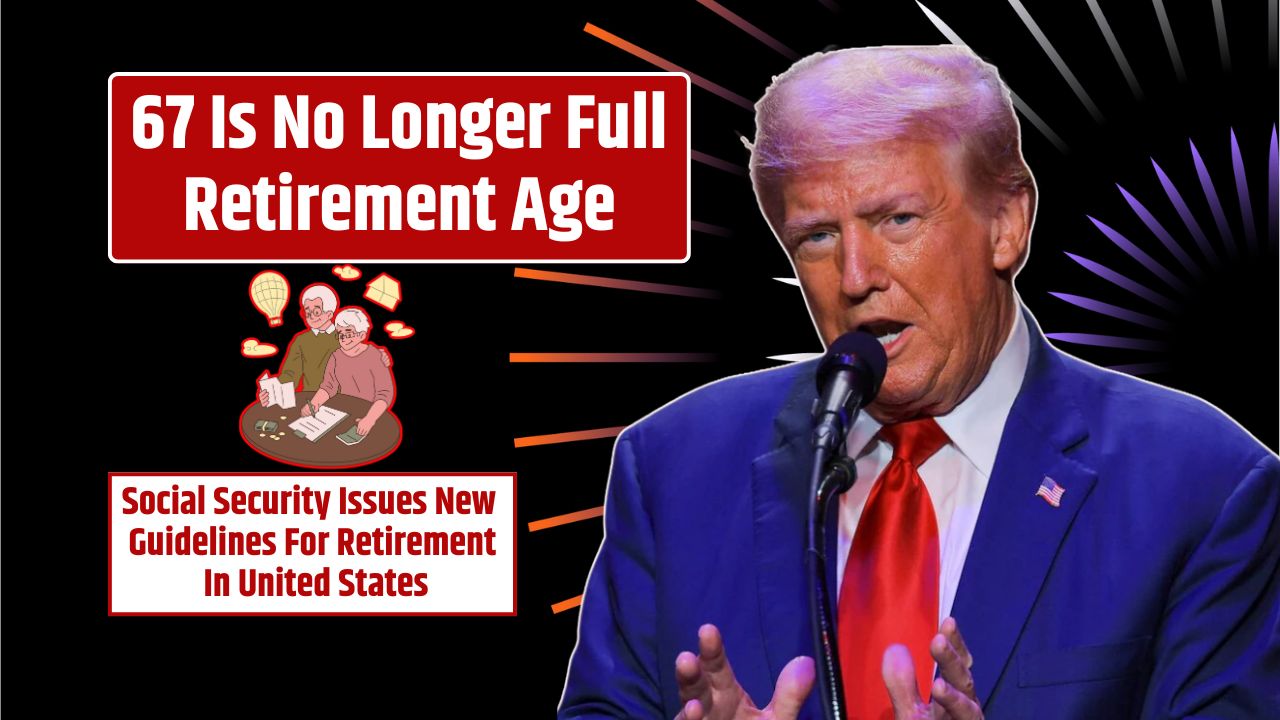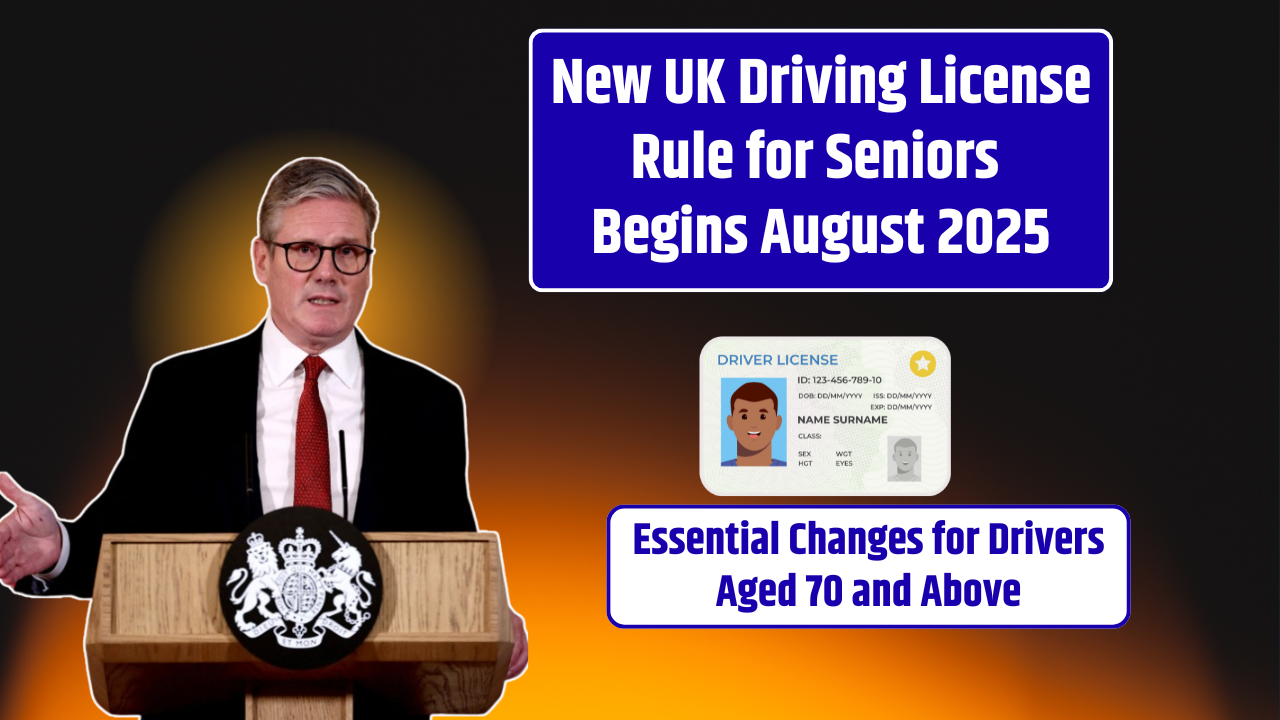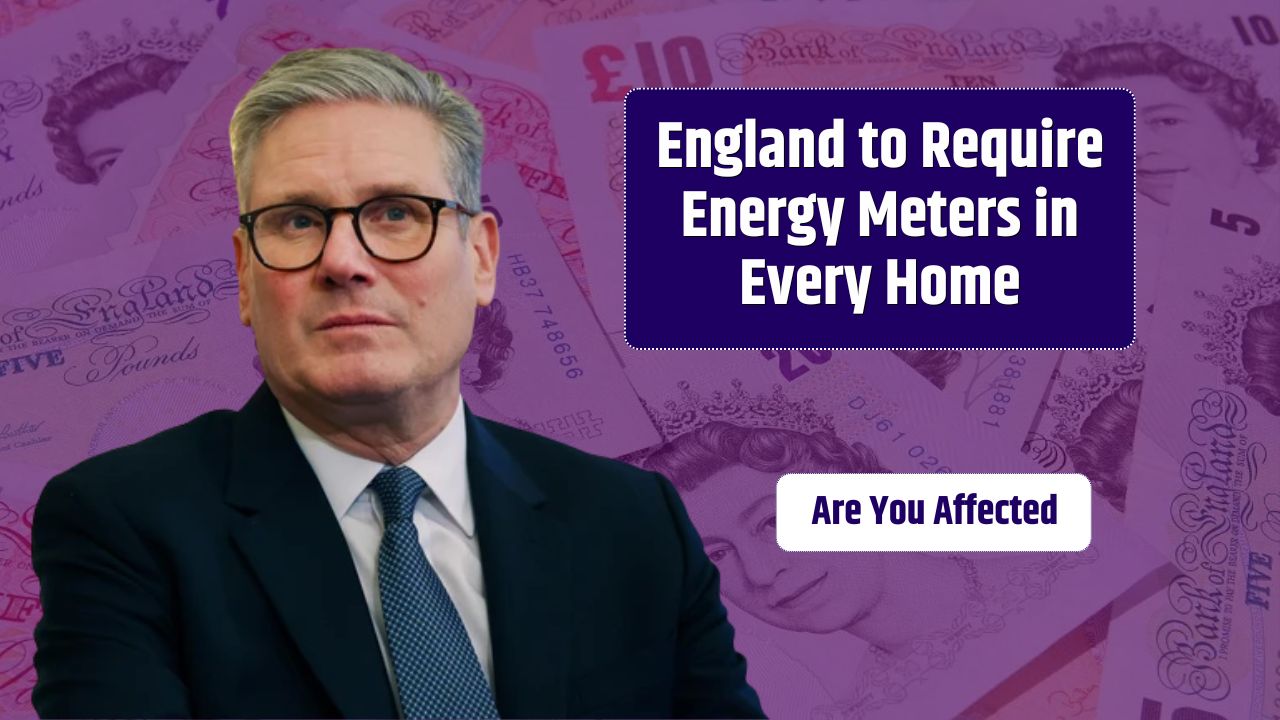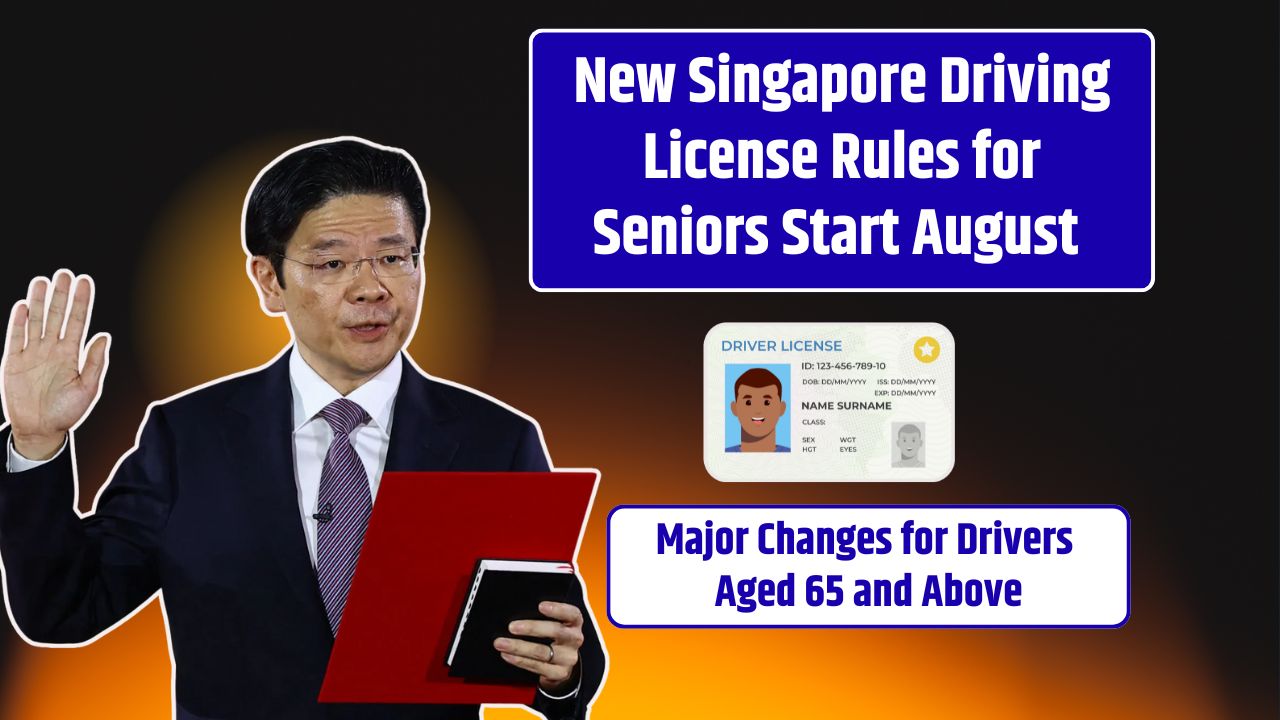As July 23 approaches, the buzz surrounding a surprise $800 stimulus payment has captured the attention of Americans across the country. With inflation still putting pressure on household budgets and the cost of everyday essentials rising, this financial relief couldn’t come at a better time—especially for families, seniors, and low-income individuals.
But this isn’t a federal program like the COVID-era checks. It’s a state-by-state initiative, and eligibility varies depending on where you live. Here’s a complete guide to help you know if you qualify, how to apply, and when to expect payment.
Table of Contents
Overview
| Topic | Details |
|---|---|
| Stimulus Amount | $800 |
| Type of Program | State or local relief, not federal |
| Eligibility | Varies by state: income, age, residency, special needs |
| Application Deadline | State-specific (e.g., Pennsylvania: July 23, 2025) |
| Application Method | Online via state government portals |
| Use of Funds | No restrictions in most states |
$800 Stimulus Payment
The $800 stimulus is part of targeted state-level efforts to support individuals who are facing financial hardship. These payments are designed to provide seasonal relief and may be tied to rent rebates, utility credits, property tax relief, or direct financial aid.
Unlike federal stimulus programs, this one depends entirely on your state’s policies. Some states launched their programs months ago, while others are still accepting applications. Either way, these payments aim to ease the burden of rising housing costs, medical bills, and everyday living expenses.
Who’s Eligible?
While each state sets its own rules, most programs focus on helping the following groups:
1. Low- to Moderate-Income Households
Each state sets its own income limits:
| State | Income Limit Example |
|---|---|
| Pennsylvania | Under $45,000 annually (rebate program) |
| Colorado | Under $75,000 (direct relief payments) |
Eligibility usually considers your adjusted gross income (AGI) from your most recent tax return.
2. Seniors and Disabled Individuals
Many programs prioritize seniors aged 65 and older or those receiving disability benefits. If you receive SSI, SSDI, or VA benefits, you may also be eligible for added assistance.
3. State Residency
You must live in the state offering the payment and may need to provide proof such as a utility bill, lease agreement, or valid driver’s license.
4. Specific Financial Hardship
Programs may also require you to demonstrate need—like past-due rent, utility shutoff notices, or high medical expenses.
How to Check Your Eligibility
Search for your state’s Department of Revenue or Economic Relief page. For example, Pennsylvania residents can visit revenue.pa.gov to explore the Property Tax/Rent Rebate Program.
Gather Your Documents
You may need:
- Proof of income (W-2s, Social Security benefit letters)
- Residency documents (utility bills or ID)
- Tax records from 2023 or earlier
- Documents verifying disability or age, if applicable
Submit Your Application Before the Deadline
Some states have application windows that close as early as July 23, 2025. Don’t delay—waiting too long could mean missing out.
How to Claim the $800 Payment
Here’s a step-by-step approach to securing your stimulus check:
1. Identify the Correct Program
Is it a rent rebate, property tax credit, or direct stimulus? Choose the one that applies to you based on your income and circumstances.
2. Fill Out the Online Application
Use your state’s official portal. Be careful when uploading documents—make sure everything is legible and accurate.
3. Track Your Application
Most states have an online tool to help you monitor your application’s progress. In Pennsylvania, for example, you can use the “Where’s My Rebate?” tool.
4. Receive Your Payment
Payments are typically made via direct deposit or paper check. Double-check that your banking and mailing info is current.
Other States Offering Financial Relief
Several states have launched their own relief programs in addition to the $800 stimulus:
| State | Program Name | Amount | Eligibility Highlights |
|---|---|---|---|
| California | Middle-Class Tax Refund | Up to $1,050 | Income-based; automatically issued to filers |
| New York | Homeowner Tax Rebate Credit | Varies | Based on property value and income |
| Florida | Inflation Relief Payments | $450 per child | TANF or other state benefit recipients |
These state programs may not require you to apply separately. Check your eligibility and look for automatic disbursement notices on your state’s tax board website.
Tips to Maximize Your Chances
- Apply early: Don’t wait until the deadline; applications may close early if funding runs out.
- Use official sources: Avoid scams—always apply through your state’s verified website.
- Double-check documents: A small mistake can delay your payment.
- Stay informed: Subscribe to your state’s email alerts for program updates and deadlines.
- Ask for help: Community organizations and public libraries often provide free assistance with applications.
The $800 stimulus payment can help ease your financial stress this summer—but only if you take the steps to claim it. Whether you’re a senior living on a fixed income, a family struggling with bills, or a renter in need of support, don’t miss this opportunity to secure your share of economic relief.
FAQs
Is the $800 stimulus federal?
No, it’s a state-based relief program, not from the federal government.
Who qualifies for the $800 payment?
Eligibility depends on income, age, residency, and state rules.
When is the deadline to apply?
Deadlines vary by state—some end as early as July 23, 2025.
How will I receive the payment?
Most payments are sent by direct deposit or paper check.
Where do I apply for the stimulus?
Visit your state’s official government or revenue department website.






